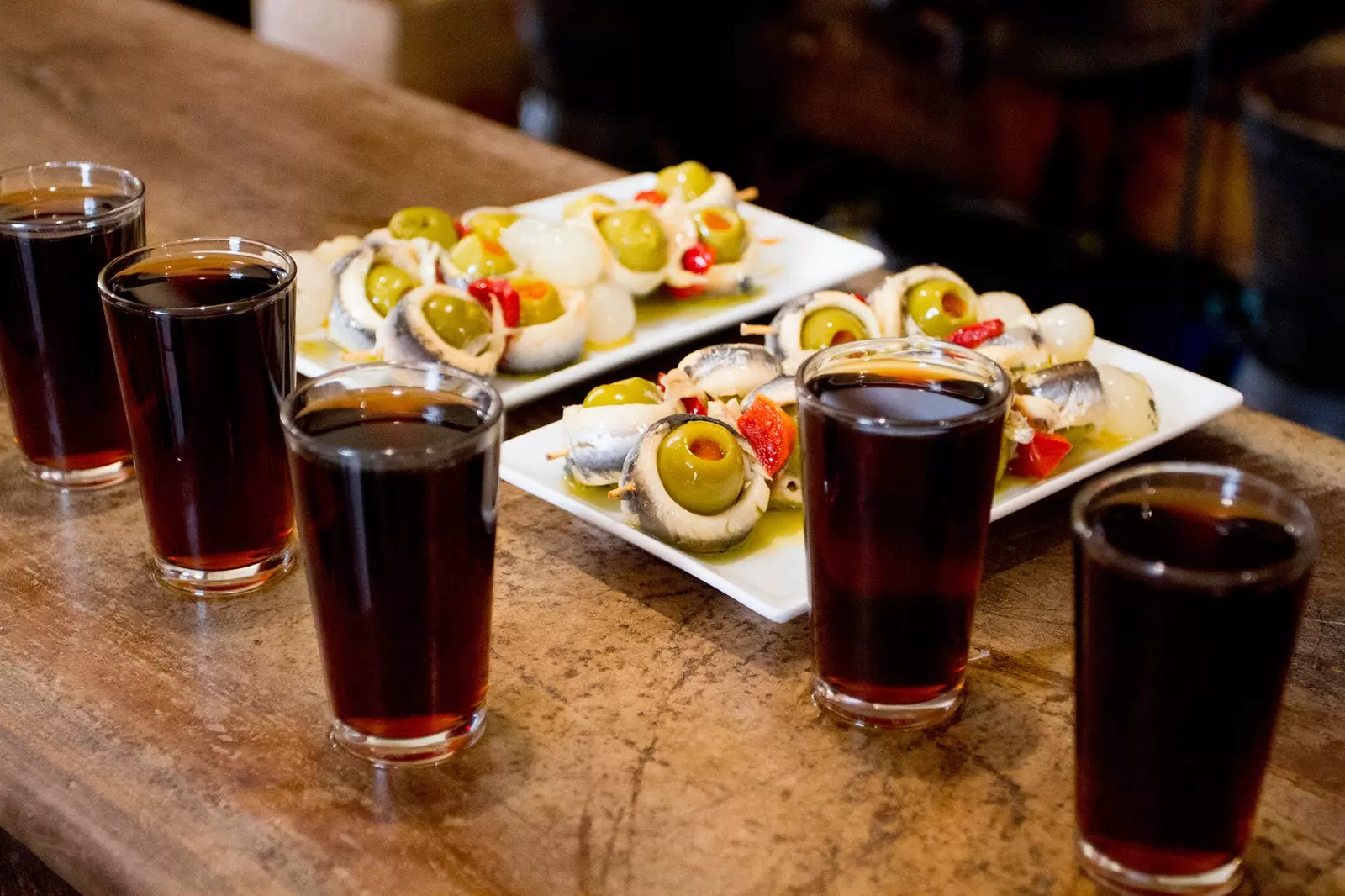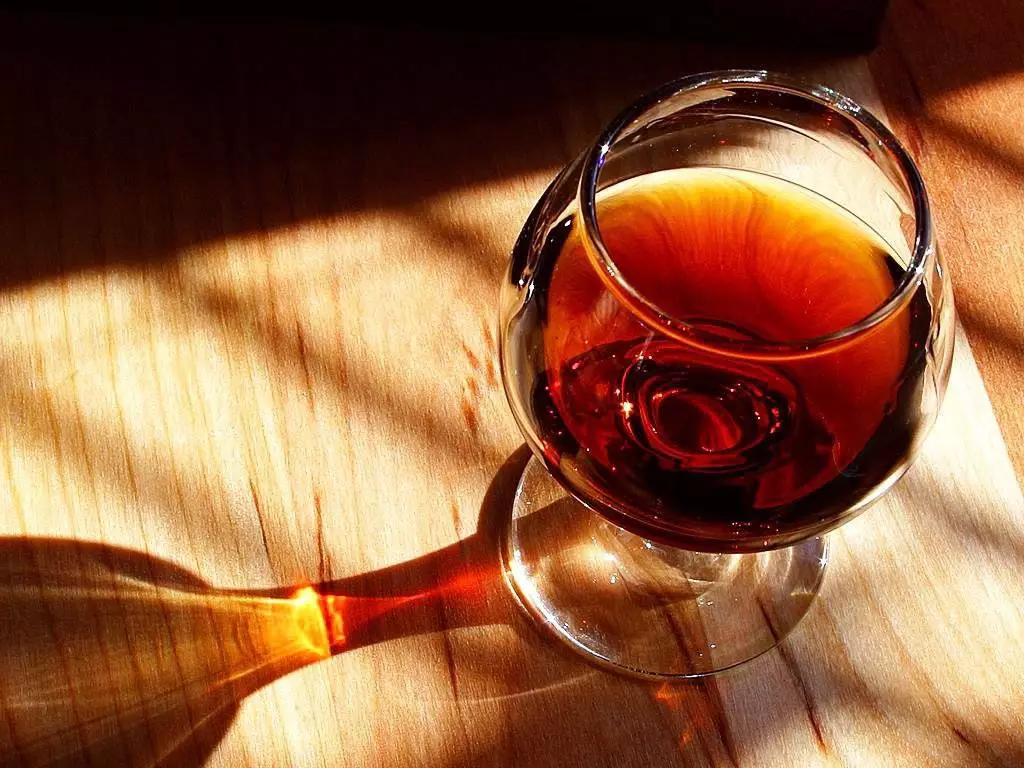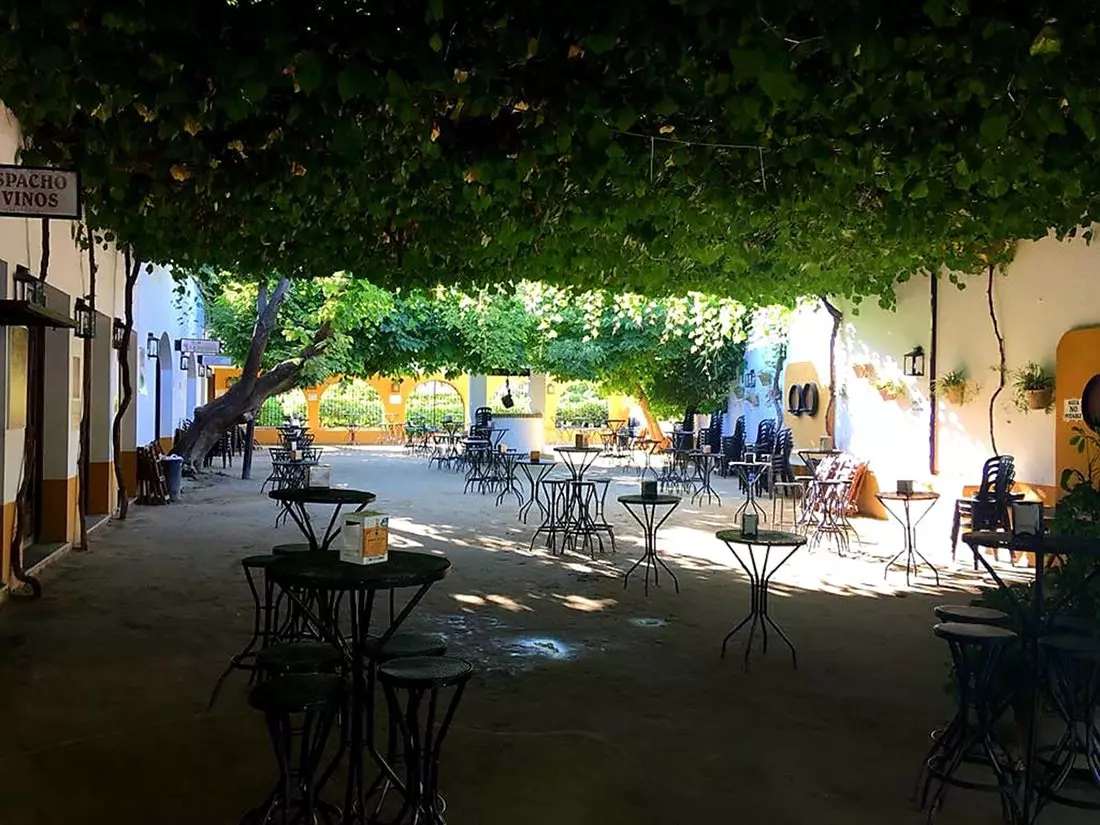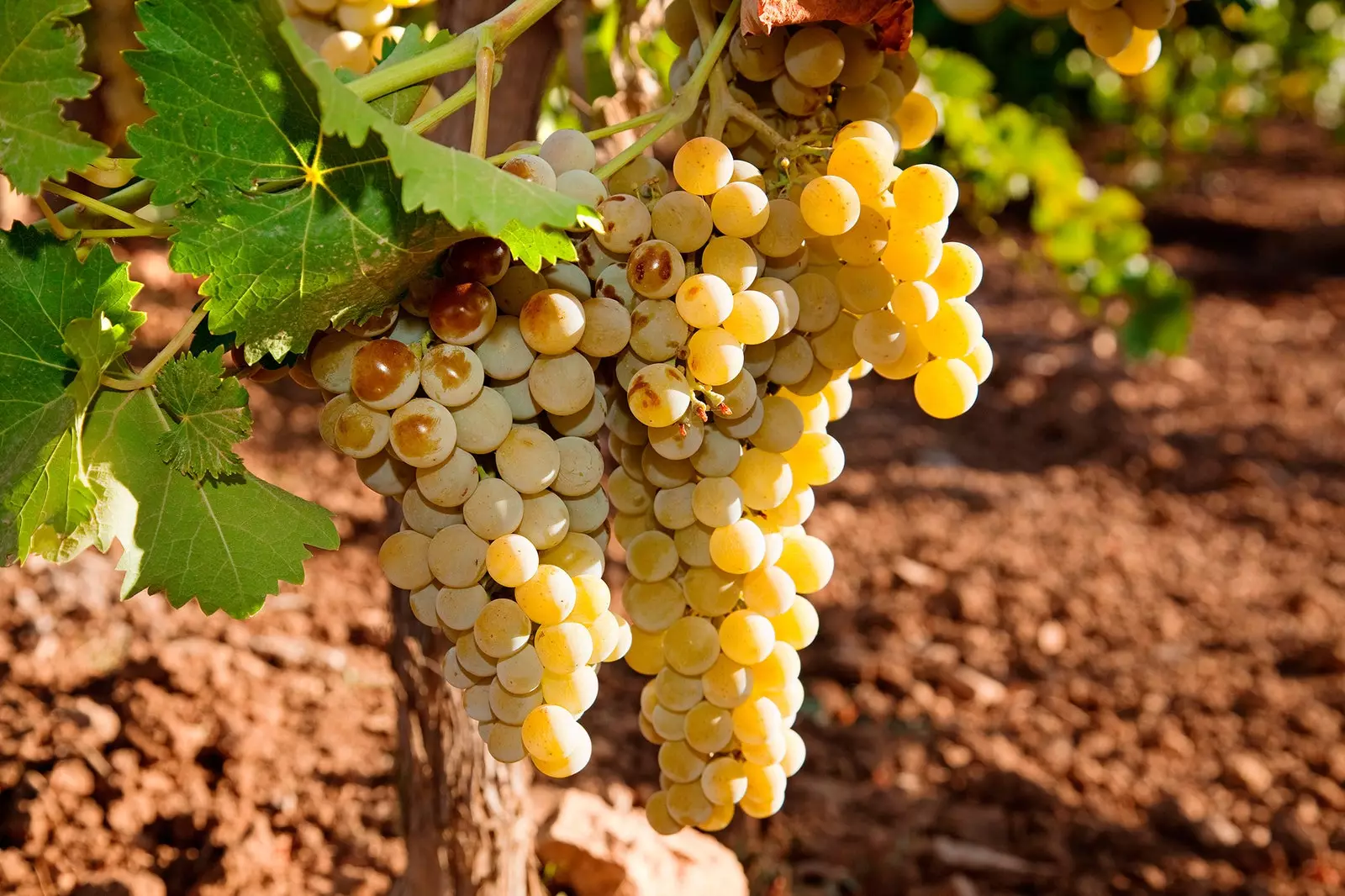
A corner to discover and get carried away by the Muscatel
“Are you going to drink a Nestea, stop (sic)?!” Bernardo Zarazaga hesitates to a customer. To another, who limps, this waiter blurts out: "Now you drink a little glass and it's even." "Whoever drinks wine from the Cooperative will not have Covid in his life," he concludes. A little while with Bernardo gives rise to "a lot of fun", but also to know his passion and his defense of muscatel. Chipiona, in the northwest of the province of Cadiz , has a reverential link with this wine, as well as with the Virgen de Regla. Like with Rocío Jurado.
In this coastal town the visitor succumbs to the sweet taste of muscatel. It is found everywhere: from bars to beach bars. Even the mass wine has a percentage of muscatel. In addition, there are offices and shops scattered throughout the town to buy wine in bulk, favoring the direct sale of small producers. Among all the possibilities to try Muscatel there are some outstanding establishments that deserve a visit.

Golden, dark, special or raisin there are different varieties of muscatel
The Agricultural Catholic Cooperative Winery (Avenida de Regla 8-10), where Bernardo works, is a mandatory stop. The vine that covers the patio has witnessed many first encounters with Muscatel. Locals and visitors alike have sat down in the cool on a summer night to drink different varieties: golden, dark, special or raisins.
Despite its color, Moscatel is a white wine obtained from the homonymous grape. From oxidative aging, the wine obtains its level of color thanks to the addition of a wine alcohol that stops its fermentation, It gives color and subtracts sweetness. Due to this practice of "quenching" the wine, in medieval times it was considered a "bastard wine".
“The golden and the dark muscatel are the same”, says Fran Lorenzo, another employee of the Cooperative. The gold, the most consumed, is "softer, less sweet" while the dark obtains that color due to the syrup, which, however, has been replaced by caramel. "It has already been stopped because it was very expensive," says Fran.

This vine has witnessed many first encounters with Muscatel
The muscatel raisin is achieved thanks to the traditional "asoleo", a process by which the grapes are left to dry on mats in the sun between 15 and 30 days. The fruit loses a lot of liquid and wrinkles, thus concentrating the amount of sugar. “This is the best there is. The Champions of the muscatels”, Proudly says Damián Torices, owner of Bodega El Castillito (Calle del Castillo, 11), another unavoidable visit.
Damián has in the letter an old pure raisin muscatel that his grandfather used to do. "The mother of the boot is 40 years old," he says. This winery has a wide variety of muscats, including a raspberry one, and has become a gastronomic attraction where tapas from the land are also served.
Served between 12 and 14º C, Muscatel goes well with pastries, desserts that are not excessively sweet, and ice cream. “But here people take it with everything: with mojama, with pork rinds, with old cheese…”, says Damián's mother.
In El Castillito there is also a search banish the idea that it is "an old wine". “Look at that table,” Damián points out. More and more young people are passing through the cellars to drink muscatel. Bernard agrees: “We have seen an increase in young people.”
Al Castillito and the Bodega Cooperativa Católico Agrícola, are joined by two wine offices in the center of Chipiona. There it is common to rest your elbow on the bar or sit on a stool and listen to the conversations of the parishioners.
Cesar Florido It has a couple of establishments (Calle del Castillo, 15 and Calle Padre Lerchundi, 35) that pay homage to fortified wines. While reviewing the affairs of the town, Juan Carlos Junquero serves the regulars at the place on Calle del Castillo. The chipioneros have their glass (no drinks) ready as soon as they enter the premises. But Juan Carlos does not forget the visitors he advises, he encourages them to try other wines and explains the differences between them. “Look at the amber color of this gold. It's beautiful,” he says, continuing to serve customers. The mojama, almonds and fried potatoes as an accompaniment do not fail, although meals are not served. It is the meeting point before dinner.
César Florido's offices put his philosophy into practice: “from the winery to the bar”. Together with the Cooperativa and El Castillito, they are places of vindication of muscatel that favor their survival.
The Cadiz municipality was the fourth power of the Spanish wine industry at the beginning of the 19th century, but as it is repeated a lot by the Marco de Jerez (the oldest wine region in Spain) were about to "die of success". Now there are only three local wineries: Cesar Florido, the Bodega Cooperativa Católico Agrícola and Bodegas José Martín Mellado, which also has a stall in the food market. They are the vestiges of a product that brought much prosperity and that is now maintained with a quality raw material, good work and a lot of joy.

Muscatel is a white wine obtained from the homonymous grape
JOURNEY IN HISTORY
Along with the endless beaches, the fishing corrals, the hustle and bustle of Isaac Peral street, the fried fish and other charms, Chipiona has the Moscatel Museum, in the same facilities as the Bodega Cooperativa Católica Agrícola. It is a space that celebrates the history and culture of a town marked by the cultivation of the vine.
Open every day during the summer and on weekends in the winter, the museum offers a self-guided tour of approximately 60 minutes. With a price of €4, tasting included, the tour of the six themed rooms brings the visitor closer to various historical moments ranging from the export of muscatel to the Roman Empire from the Chipiona of the time, Caepia, to its refoundation as a wine colony in the fifteenth century. The importance of Muscatel in the English and Dutch markets with the arrival of the 19th century is also highlighted, which made Chipiona became the town in Spain with the highest density of vineyards and wineries. And so on until reaching the current winemaking of a town that, thanks to its climate and its land, made muscatel its hallmark.
HIGHLIGHTS
The Cooperative, El Castillito and the offices of César Florido They are obligatory stops on a Muscatel route.
The most demanded muscatel is the “less sweet” gold, although there are other varieties such as dark or raisin.
Thanks to the muscatel, Chipiona became the fourth power of the Spanish wine industry at the beginning of the 19th century.
